
Although the number of Latin texts found on papyrus dating from the first century BCE to the eighth century CE has grown as a result of new archaeological discoveries, these texts are frequently not given the attention they require. Therefore, they represent a vast untapped source of information and insight into the development of ancient Roman literature, language, history, and society.
Latin texts on papyrus in particular could provide information about the period's literary and linguistic emigration. This might also reveal more about the educational environment, and paint a clearer picture of the Roman economy and society.
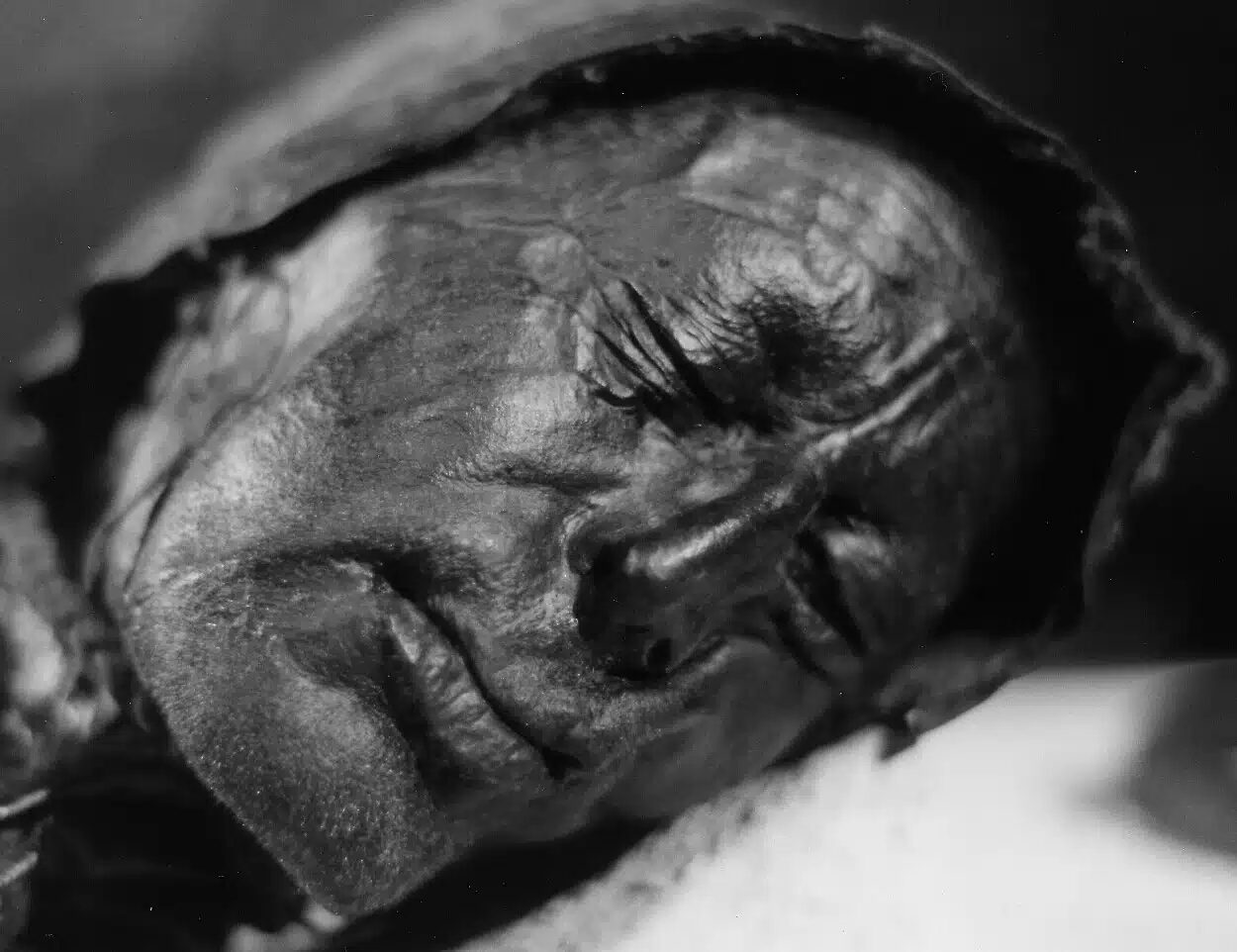



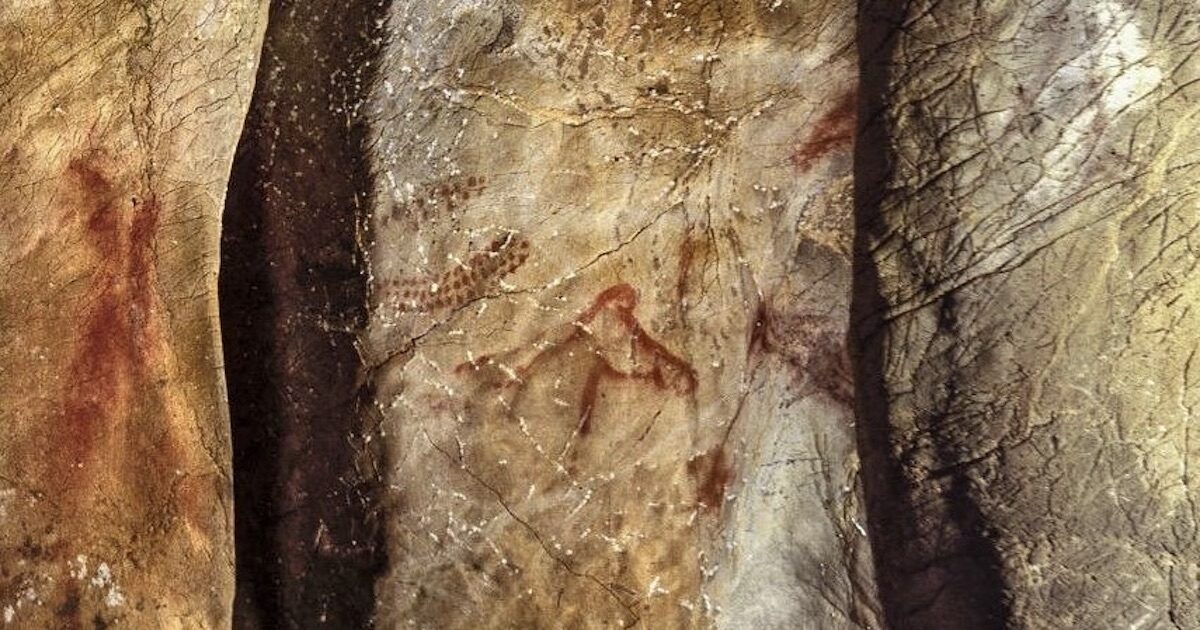
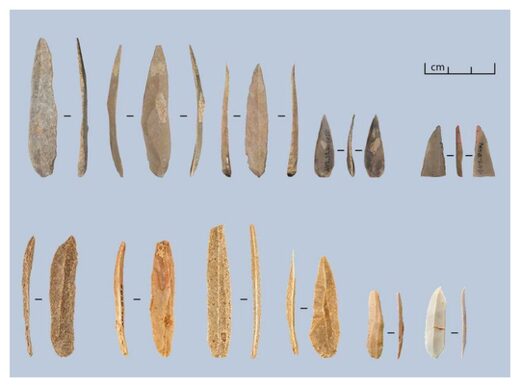
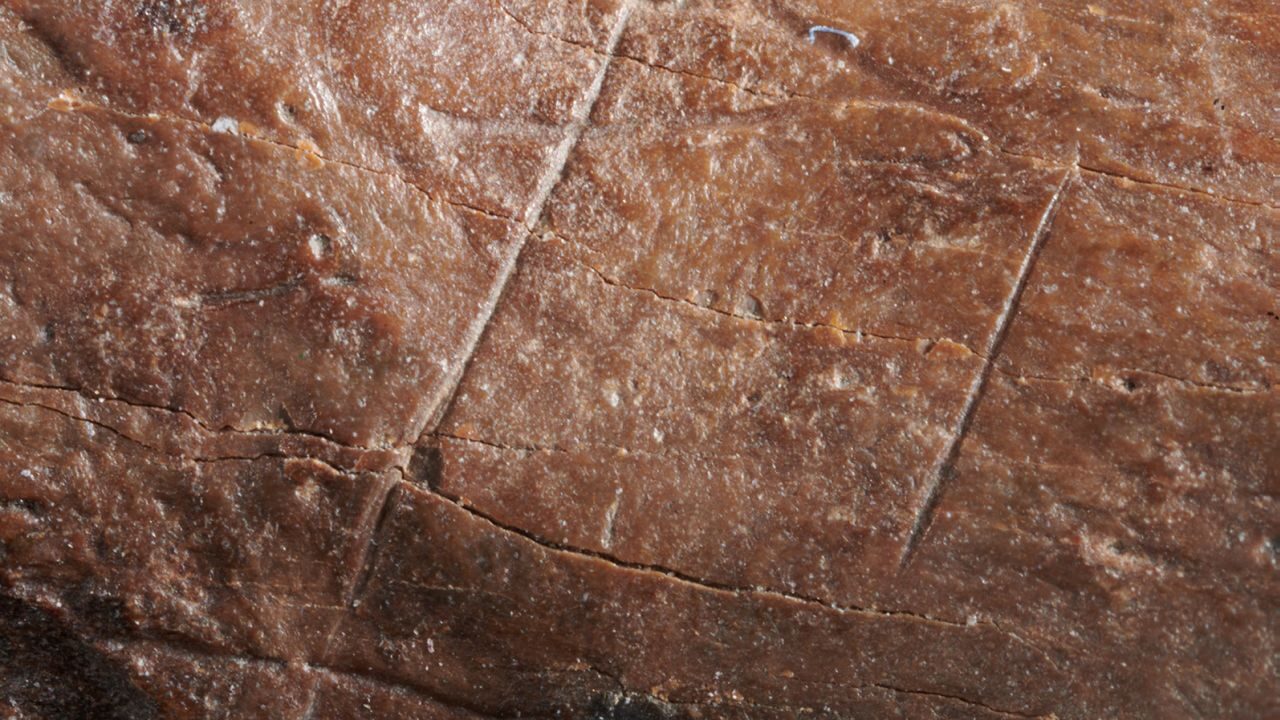
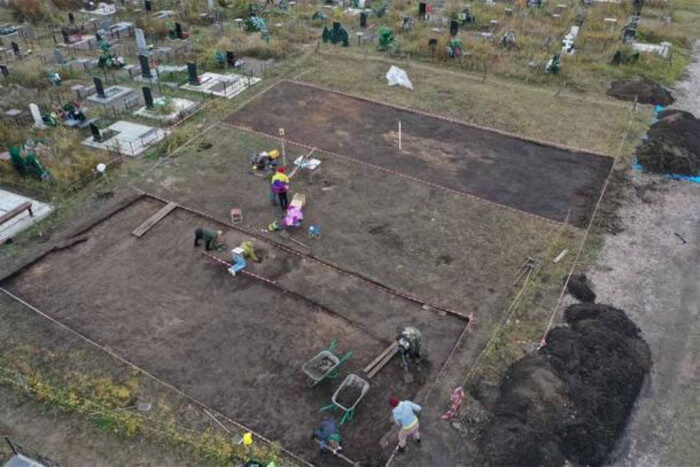




Comment: See also: